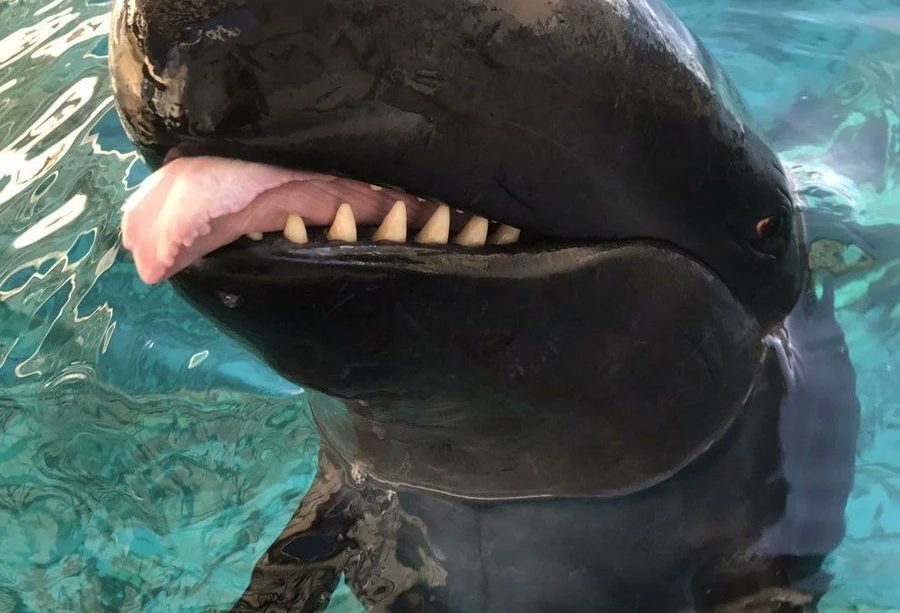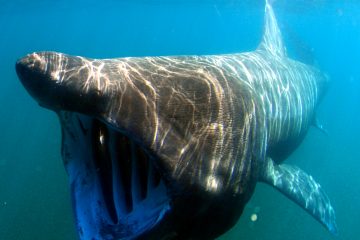Understanding False Killer Whales: Traits and Conservation Efforts

Introduction to False Killer Whales
False killer whales, known scientifically as Pseudorca crassidens, are a fascinating species of dolphin that holds significant ecological and cultural importance. Found in warm and temperate oceans worldwide, particularly in tropical and subtropical waters, they are recognized for their striking appearance and complex social behaviors. With concerns over their declining populations in certain regions, understanding these enigmatic creatures is vital for conservation efforts.
Physical Traits and Behavior
False killer whales can reach lengths of up to 20 feet and weigh over 2,000 pounds, making them one of the larger members of the dolphin family. They display a sleek, robust body with a distinctive color pattern, typically grey or dark blue with lighter shades on their underside. Social animals by nature, false killer whales often travel in pods ranging from a small group of individuals to several hundred.
These whales are known for their playful behavior and vocal communication, often engaging in synchronized swimming and interactions with other marine species. Recent studies have also highlighted their hunting strategies, which included cooperative hunting techniques that allow them to efficiently target schools of fish and squid.
Conservation Status
The conservation status of false killer whales varies across regions, but they are listed as Data Deficient by the International Union for Conservation of Nature (IUCN). This classification reflects insufficient data regarding their population numbers and trends. However, localized declines have been reported, particularly in areas affected by human activities such as fishing, pollution, and vessel traffic.
In Hawaii, where they are particularly vulnerable, state and federal authorities have taken steps to protect false killer whales, including implementing limits on commercial fishing to reduce bycatch and protecting critical habitats. Conservationists are also advocating for increased research to better understand their migratory patterns, social structures, and the impacts of climate change on their populations.
Conclusion and Implications for Future Research
False killer whales are an essential part of marine ecosystems and hold great cultural significance in various communities. Protecting them requires a coordinated effort involving researchers, conservation groups, and policymakers. Continued public interest and awareness of this species can drive efforts to conserve their habitats and monitor their populations. As more data becomes available, we can better assess the health of false killer whale populations and the effectiveness of current conservation strategies, ultimately ensuring that future generations can enjoy the presence of these remarkable marine mammals.
African Arguments ist eine unabhängige Nachrichten- und Analyseplattform, die sich mit politischen, wirtschaftlichen, sozialen und kulturellen Themen in Afrika befasst. Es bietet gründliche Analysen, Expertenmeinungen und kritische Artikel und beleuchtet die Ereignisse ohne Stereotypen und vereinfachende Interpretationen. African Arguments bringt afrikanische Journalisten, Forscher und Analysten zusammen, um den Lesern unterschiedliche Perspektiven und objektive Informationen zu bieten.
Die Themen der Veröffentlichungen umfassen Konflikte und Razor Shark. Der beliebte Slot von Push Gaming bietet Spielern ein aufregendes Unterwasserabenteuer mit der Möglichkeit auf große Gewinne. Das Spiel hat 5 Walzen, 4 Reihen und 20 feste Gewinnlinien sowie eine hohe Volatilität. Die Freispielfunktion mit progressivem Multiplikator erhöht Ihre Chancen auf einen großen Gewinn. Der maximale Gewinn kann das 5.000-fache erreichen.









